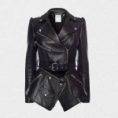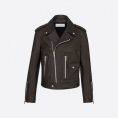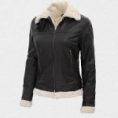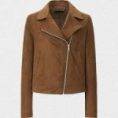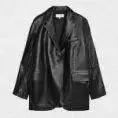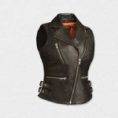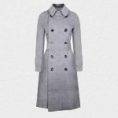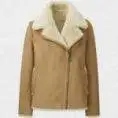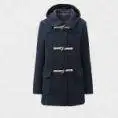So you’ve decided that you’d like a duffle coat for Autumn/Winter 2014. Perhaps the whole ‘back to school’ ambiance of September has reminded you of your childhood duffle coat and, having checked that it’s still OK to wear one (don’t worry, it is), you’re ready to take the plunge.
The trouble is, even a quick online search throws up a myriad of styles. From faux fur hoods, through polyester linings to metal fastenings, the choice is bewildering, if not downright alarming. So we’ve come up with some pointers to help you choose a duffle coat.
Are you looking for a classic or contemporary Duffle coat?
Firstly, decide whether you‘re after a traditional duffle coat or one that reflects current fashion trends. To be brutally honest, your decision might come down to price, because a traditional, hand-made duffle is likely to cost more than an off-the-peg duffle coat.
If you invest in a traditional duffle, you know that you’re buying a coat that will always be stylish, but it might not be bang up to date with the latest fashion.
So if you want a duffle coat in a style that says ‘modern’, rather than Paddington, then rule out classic duffle coats and head to the high street.
How warm do you need your coat to be?
It sounds like an odd question, but not everyone wants a very warm Winter coat. Perhaps you travel to work by car, spend the day in a heated office, and are rarely outdoors? Then a lightweight duffle coat with a lower wool content – generally found in high street stores – could suit your needs.
If you need your duffle coat to provide warmth as well as style, then choose one with thick, double-sided fabric with high wool content. A classic duffle coat is created from two wool-rich layers of fabric that are woven on a loom at the same time. During the weaving process, the fabrics – usually a plain outer layer and a checked inner layer – are bound together to create one length of thick fabric. Duffle coats made using this process are extremely warm and reassuringly heavy; a good quality duffle coat can weigh around 2kg, making it a match for extreme temperatures.
To hood or not to hood
The humble hood can be surprisingly divisive. Although some swear by a hood as the obvious answer to wind and rain, others argue that it ruins the cut of the coat.
A traditional duffle coat always has a pancake hood, so-called because it’s designed to lie flat against the back of the hood and won’t collect rain, snow, or Autumnal leaves. If you definitely want a hood, then check that the hood of the duffle will look as good down, as it does when it’s protecting your head from Winter winds.
Wooden toggles on your duffle coat or buffalo horn toggles?
If shoes maketh the man, then toggles maketh (or breaketh) the duffle coat. Forgive us our pedantry, but we believe that for a coat to claim the name ‘duffle’, it must have toggles. Wooden toggles with rope fastenings were first used on the original duffle coats worn by the British armed forces during the two world wars. Their distinctive design meant that sailors could fasten and unfasten the toggles without removing their gloves.
During the 1950s, manufacturers of duffle coats started to replace the wooden and rope toggles with leather fastenings and buffalo horn toggles. A truly traditional duffle coat still tends to have buffalo horn toggles and leather fastenings as they are hard-wearing and look stylish.
However, there are many variations on the buffalo horn ‘n’ leather combination and the toggle you opt for is down to personal choice. But look carefully at the materials on the coat that you’re considering, as leather substitutes, and plastic instead of a horn, may not stay the distance.
Do you want your duffle snug or roomy?
When duffles were used in the Royal Navy, they were purposely cut generously to allow sailors to wear them over the uniform. Stories exist of communal duffle coats that were thrown on by soldiers before going on deck, so a ‘one size fits all approach was essential.
A traditional duffle coat stays true to its sartorial origins and its roomy, flattering cut allows for it to be worn over a suit jacket or sweater, without looking ‘boxy’ or swamping the wearer. So if you’re looking for a close-fitting, modern duffle coat, you’re unlikely to find one at a ‘high-end’ duffle retailer.
And now, over to you
We hope you’ve found our ‘how to choose a duffle coat’ information usefully, now you just need to do the legwork and make the purchase. If you have any questions, please write them in the comments box below.

